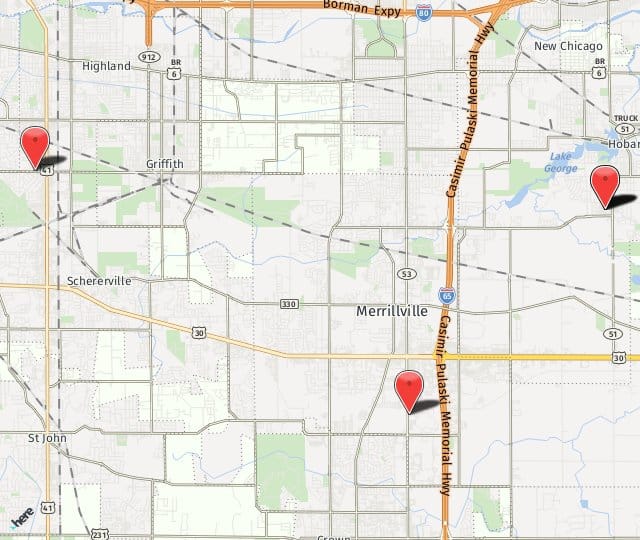
What are bunions?
A bunion is a bump that forms on the joint at the base of the big toe. When bones in the front part of the foot move out of place, they can cause the tip of the big toe to push toward the smaller toes, forcing the joint at the base of the big toe to stick out.
What are the signs?
As a bunion forms, the skin on the bump becomes red and sore and the area becomes swollen. You may experience corns or calluses between the first and second toes when they rub together. Pain may be constant or intermittent. Some patients experience limited movement of the affected big toe.
What are my treatment options?
Once a bunion forms, it can’t be reversed. See a doctor when you have ongoing pain or a visible bump on the big toe joint. Initial treatment methods can help reduce pain and keep it from getting worse. The first approach is changing footwear to give your toes more room and stop compression. Some patients find relief from protective pads that help cushion the painful area. Orthotics such as shoe inserts or toe spaces can help. Night splints can place the big toe in a straighter position.
Other treatments include icing the bunion throughout the day for 20 minutes at a time to reduce swelling. Nonsteroidal anti-inflammatory medications also help with pain and reduce swelling.
If conservative treatment options don’t work, or the pain is still there, bunion surgery will realign the bone, ligaments, tendons and nerves, bringing the big toe back into correct alignment.
You don’t have to live with the pain of bunions. To learn more about diagnosis and treatment for your bunions, call (219) 795-3360 to schedule an appointment.

